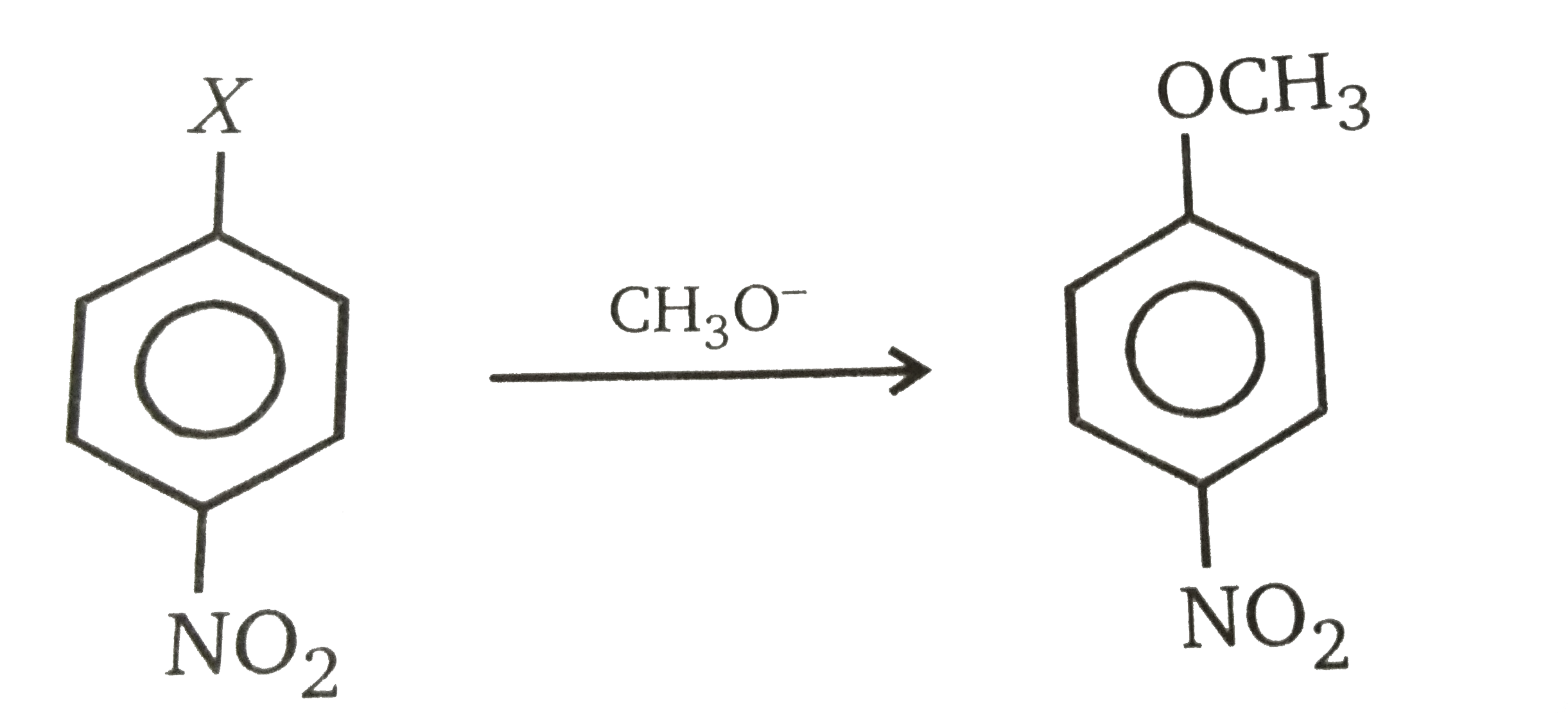Formation of phenol from chlorobenzene is an example of
…. Aromatic substitution.
Video Solution
Text Solution
nucleophilic
|
Updated on:21/07/2023
Topper's Solved these Questions
- BOOK - MODERN PUBLICATIONCHAPTER - HALOALKANES AND HALOARENESEXERCISE - MEMORY TEST (C. Choose the correct alternative)11videos
HALOALKANES AND HALOARENES
- BOOK - MODERN PUBLICATIONCHAPTER - HALOALKANES AND HALOARENESEXERCISE - REVISION EXERCISE (Objective Questions) (Multiple choice questions)30videos
HALOALKANES AND HALOARENES
- BOOK - MODERN PUBLICATIONCHAPTER - HALOALKANES AND HALOARENESEXERCISE - MEMORY TEST (A. Say True or False)15videos
HALOALKANES AND HALOARENES
- BOOK - MODERN PUBLICATIONCHAPTER - EQUILIBRIUMEXERCISE - Unit Practice Test13videos
EQUILIBRIUM
- BOOK - MODERN PUBLICATIONCHAPTER - HYDROCARBONSEXERCISE - UNIT PRACTICE TEST15videos
HYDROCARBONS
Similar Questions
Knowledge Check
- Question 1 - Select One
For an electrophilic aromatic substitution reaction
AChlorine is o-p directing group and also electron releasing groupBChlorine is o-p directing group and also electron withdrawing groupCChlorine is meta directing group and also electron releasing groupDChlorine is meta directing group and also electron withdrawing group - Question 2 - Select One
Statement -1 : When phenol is treated with PBr3 is gives bromobenzene.
Statement -2 It is an example of nucleophilic substitutionAStatement -1 is true ,Statement -2 is True , Statement -2 is a correct explanation for Statement −1BStatement -1 is True , Statement -2 is True Statement -2 is NOT a correct explanation for Statement −1CStatement -1 is True Statement -2 is FalseDStatement -1 is False Statement -2 is True - Question 3 - Select One
Phenol undergoes aromatic substitution to give
Ao-disubstituted productBp-disubstituted productsCo and p-disubstitute productsDm-disubstitute product
Phenol may be obtained from chlorobenzene using reagents.
View SolutionConversion of chlorobenzene into phenol involves
View Solution
above reaction is an example of Nucleophilic aromatic substitution. Which of the following halide (−x) is most readily replaced.View SolutionWhich of the following reaction belong to electrophilic aromatic substitution
View SolutionWhich of the following reaction belong to electrophilic aromatic substitution
View Solution
